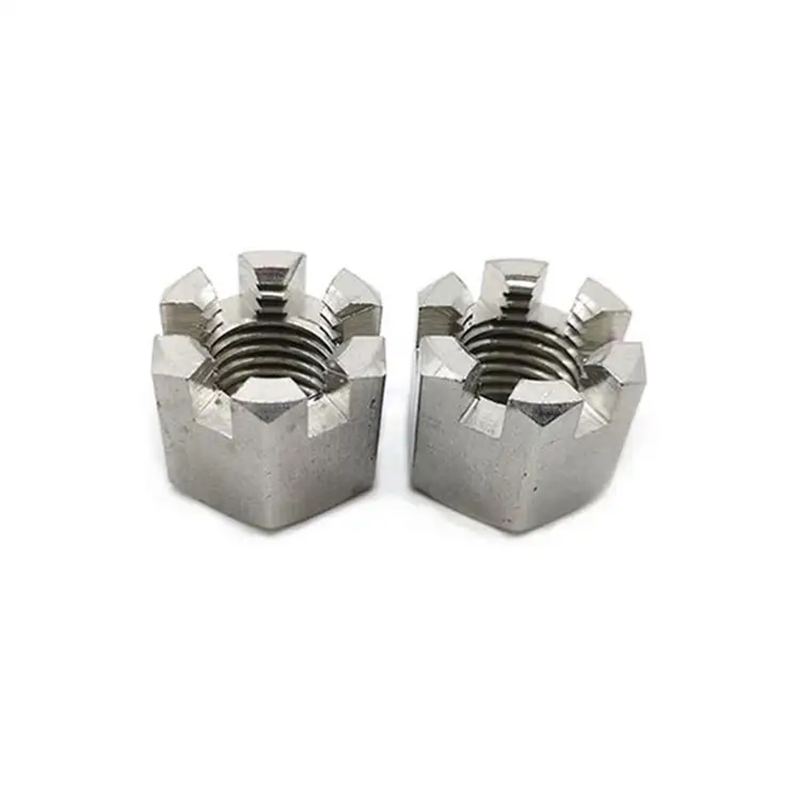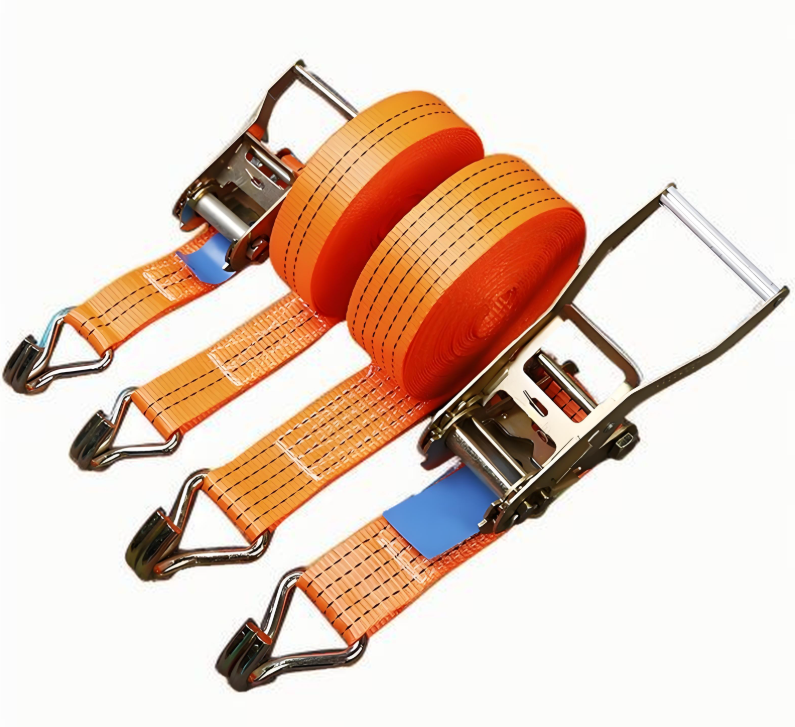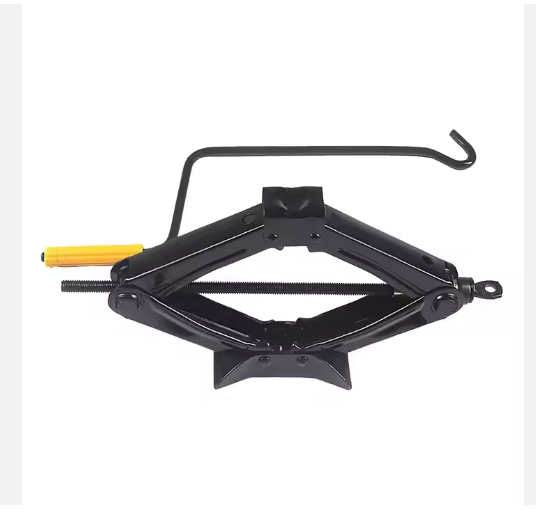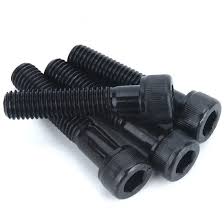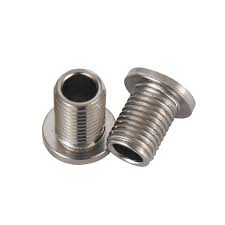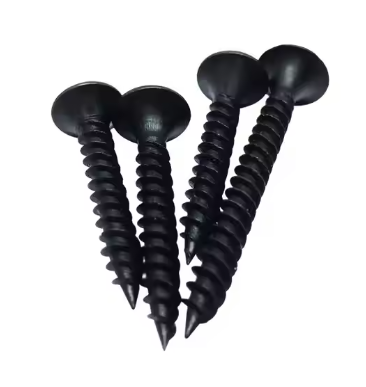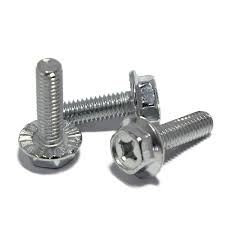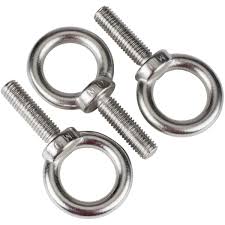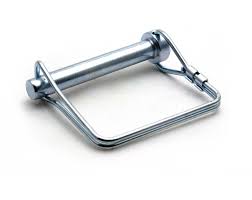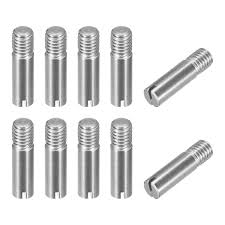

This comprehensive guide explores the world of rubber shims, covering their types, applications, advantages, and how to choose the perfect shim for your specific needs. We delve into material properties, sizing considerations, and installation techniques to help you make informed decisions. Learn how to optimize performance and avoid common pitfalls when using rubber shims.
Neoprene rubber shims are a popular choice due to their excellent resistance to oil, chemicals, and weathering. They offer good tensile strength and elasticity, making them suitable for a wide range of applications. Their flexibility allows for easy installation and adaptation to uneven surfaces. However, they may not be the best choice for applications requiring extreme temperature resistance.
Ethylene Propylene Diene Monomer (EPDM) rubber shims excel in resisting extreme temperatures, ozone, and weathering. This makes them ideal for outdoor applications or environments with significant temperature fluctuations. They also exhibit excellent chemical resistance. While robust, they may have slightly lower tensile strength compared to neoprene.
Silicone rubber shims are known for their exceptional heat resistance and flexibility, even at extreme temperatures. They also possess excellent dielectric properties, making them suitable for electrical insulation applications. However, they may be less resistant to certain chemicals compared to neoprene or EPDM.
Selecting the appropriate rubber shim requires careful consideration of several factors:
Rubber shims find applications across various industries, including:
Proper installation is vital for ensuring the effectiveness of rubber shims. Ensure the surfaces are clean and free of debris before installing. For precise alignment, use appropriate measuring tools. Regular inspection can help identify any wear or damage and prevent potential issues.
| Material | Temperature Resistance | Chemical Resistance | Tensile Strength |
|---|---|---|---|
| Neoprene | Moderate | Good | Good |
| EPDM | Excellent | Excellent | Moderate |
| Silicone | Excellent | Moderate | Good |
Remember to always consult with a material specialist or supplier to ensure you select the most suitable rubber shims for your specific application. For a wide selection of high-quality rubber shims and other fasteners, consider exploring the options available from Hebei Dewell Metal Products Co., LTD.

